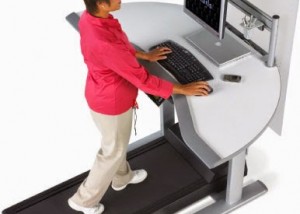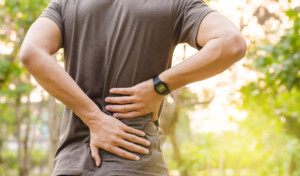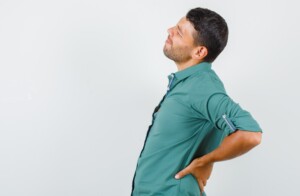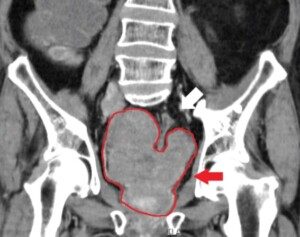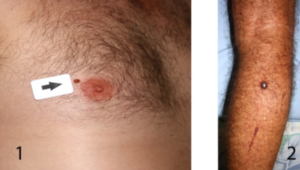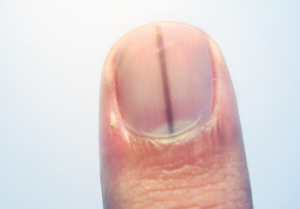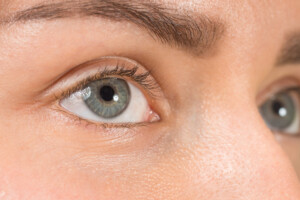More studies are showing that long periods of sitting at work can lead to health issues such as fatigue, high blood pressure and back pain as well as discomfort in other parts of the body.
Office workers, who often spend the majority of their workday seated, are more likely to experience these problems compared to those who stay more active throughout the day.
While standing desks have been shown to reduce physical discomfort and even boost productivity, researchers continue to investigate which types of workstations — whether stand-bias, sit-stand or traditional seated desks — are most effective at promoting physical activity and improving worker health.
A study conducted by a team from the Texas A&M University School of Public Health aimed to answer these questions.
How the Study Was Done
The team monitored the computer usage and activity levels of 61 office workers over 10 days to assess their discomfort and find potential solutions.
The research was published in IISE Transactions on Occupational Ergonomics and Human Factors (2024).
The study involved 79 full-time office workers who were divided into three groups based on the type of workstation they used: standing-biased, sit-stand or traditional seated desks.
Use of a treadmill desk was not explored in this research.
Those using traditional desks made up the control group.
The stand-bias desks were designed with a fixed work surface at standing height and a drafting stool or chair that allowed for sitting or standing.
Sit-stand desks, on the other hand, featured height adjustable surfaces and were paired with a traditional office chair.
Participants provided demographic information, and the researchers collected data about their use of office equipment such as footrests, keyboard trays or anti-fatigue mats.
They were also asked to report discomfort in various parts of their body, including the neck, back, shoulders, wrists and legs.
To assess activity levels, the team monitored the participants’ computer use through data-logging software and tracked physical activity with sensors worn by the workers.
Study Findings
The researchers found that there was no significant difference in the number of key clicks between the three groups.
However, the stand-biased group showed a higher word count and made more errors compared to the traditional desk group.
In terms of physical activity, the stand-biased group spent more time standing and less time sitting than did their traditional desk counterparts.
They also had fewer transitions between sitting and standing during the workday.
Regarding discomfort, the study revealed that 65% of participants reported neck discomfort, and 80% of those using traditional desks experienced lower back discomfort.
This was significantly higher than the 51.7% of workers using stand-biased desks who reported similar issues.
If you’ve been having chronic low back pain and nothing seems to help alleviate it, you’ll want to consider spending less time sitting and more time standing while at work, if at all possible, to see if that mitigates your low back problems.
While both the stand-biased and sit-stand groups spent more time standing and less time sitting than did the traditional desk group, the difference in the amount of discomfort reported was not statistically significant.
Interestingly, although the stand-bias group stood more and sat less than did the traditional group, they also expended more energy overall.
The traditional group, on the other hand, transitioned between sitting and standing more frequently, which was seen as a way to reduce sedentary behavior.
However, the study did not find a significant difference in the health outcomes based on these transitions.
What does all of this mean?
The study concluded that alternatives to traditional sitting desks, such as sit-stand or stand-biased workstations, can help reduce the negative effects of sedentary work.
What about a treadmill desk?
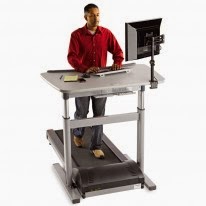
As mentioned, treadmill desk workstations were not part of this study.
If you’re truly concerned about your overall health, you’ll want to consider a treadmill desk, because this allows you to continuously walk while conducting your work duties.
You can also use a walking pad, which is much cheaper, but you’ll need to find a work desk that’s the right height as you walk on the pad.
The front area of the walking pad is placed under the work desk.
Both of these implements cost less than an actual treadmill desk.
I have a home treadmill desk that I’ve been using for 14 years now.
The speed goes up to 4 mph, and it even has an incline (up to 15%).
Sitting for Most of Your Workday Is Bad for the Body
Here are more articles on the “sitting disease,” which has been dubbed the “new smoking,” because prolonged sitting on a recurring basis is that bad for the body.
How many steps a day on a treadmill desk will offset the sitting disease?
Sitting disease causes fat buildup around the organs.
What should your sitting limit be per day?
 Lorra Garrick is a former personal trainer certified by the American Council on Exercise. At Bally Total Fitness, where she was also a group fitness instructor, she trained clients of all ages for fat loss and maintaining it, muscle and strength building, fitness, and improved cardiovascular and overall health.
Lorra Garrick is a former personal trainer certified by the American Council on Exercise. At Bally Total Fitness, where she was also a group fitness instructor, she trained clients of all ages for fat loss and maintaining it, muscle and strength building, fitness, and improved cardiovascular and overall health.
.




